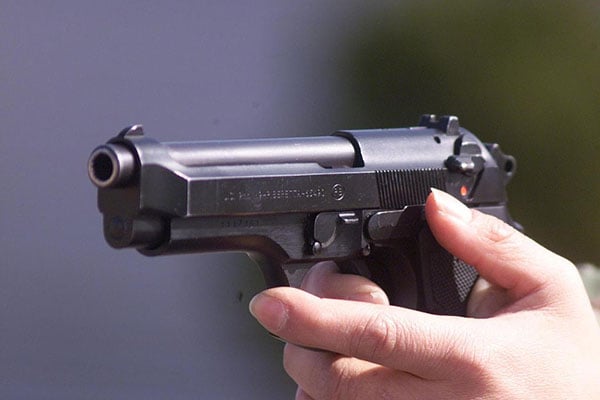
Last Updated on
Firearms training is a very important facet of gun ownership, and self-defense training can be a particularly demanding portion of training. There are a lot of factors to consider in any self-defense scenario, and you want to be familiar with most if not all of these scenarios. If you’re simply heading to the range and firing at a static target over and over again, you’re doing it wrong. You need to think about and prepare for real world scenarios, and while the range will never truly replicate these situations, you can set it up to at least roughly mimic stressful scenarios. If you’re not sure what you’re training for, here are some initial suggestions.
What You’ll Need
First and foremost, you’ll need a collection of equipment to train properly both at home and at the range. A basic checklist of these items includes:
- Firearm: Pistol, shotgun or in rare cases rifle. Pistols double as go-to firearms for home defense and conceal and carry, while a shotgun may be the best home defense option for some. Rifles are not generally recommended for home defense scenarios, but of course you’ll still want to train with them if you own one.
- Ammunition: You’ll need plenty of ammunition to train with, and don’t forget that in any self-defense scenario, you’ll want to choose high quality ammo over lower grade rounds. It follows that at least a portion of your training needs to be done with quality self-defense ammo as well, since you’ll need to know how it performs in your gun.
- Snap Caps / Laser Cartridges: Snap caps are a must have in any home training environment, and they’ll ensure you can safely train while drawing and aiming in the comfort of your own home. Snap caps protect the firing pin and even allow you to cycle rounds through a firearm if you own several. The addition of a laser sight in some models allows you to practice aim and even set up laser activated targets.
- Holster: Holster selection is very important if you plan to carry a concealed weapon, and wearing and drawing your holster should be practiced in length before you ever carry.
- Targets: Target selection is a topic of its own, and it’s important to use realistic targets when you’re training for self-defense. Do yourself a favor and skip the blob targets and go with something that looks very realistic. Seth Nadel wrote a great article on the topic: Training For The Fight – Target Selection.
Dry Fire
In the past, one of our contributors John Buol outlined a comprehensive dry firing practice program in Building Skill With Dry Practice, and it’s worth a read for anyone who wants to begin their training at home. It’s obvious that you can’t always be at the range training, and that’s why dry practice is so important. As we mentioned above, make sure you have snap caps and/or laser training rounds ready for home training, and make sure to practice wearing and drawing from your holster if you’re using a pistol. One other note, you don’t have to train in the home necessarily, the garage is probably a better option in most circumstances anyway.
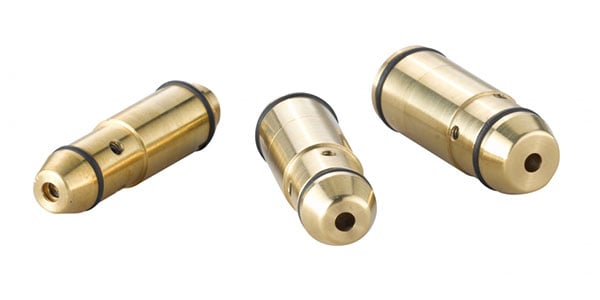
Scenarios To Consider
Moving Targets
As we mentioned earlier, firing at stationary targets only nets you so much. In a real encounter, both you and your assailant will be moving, sometimes only a few feet, sometimes wildly. It’s important to try to mimic movement in an encounter as much as possible. The first step is to practice moving from cover into a ready position and then drawing / firing. Using an obstacle or corner and a life-like target is the best way to set this drill up. From there, you’ll need to find a range or set up a drill where the targets move both towards you and side to side. This can be a tall order to find for some, but it’s the only way you’ll ever be able to practice hitting a moving target. Even though pistol encounters happen at fairly close range, if you have the chance to test shooting at a moving target, take it.
One Handed
While much of your practice will revolve around using a firm, two hands on the pistol style, it’s important to practice one-handed firing as well. You never know if one hand will be injured or unavailable, and it’s necessary to practice marksmanship with just one hand. As you get better, you’ll want to try weak hand practice as well. There is no doubt you won’t be as accurate with your weak hand, but in a confrontation where you don’t have any other choice, it’s good to know you can at least hit a target using your weak hand.
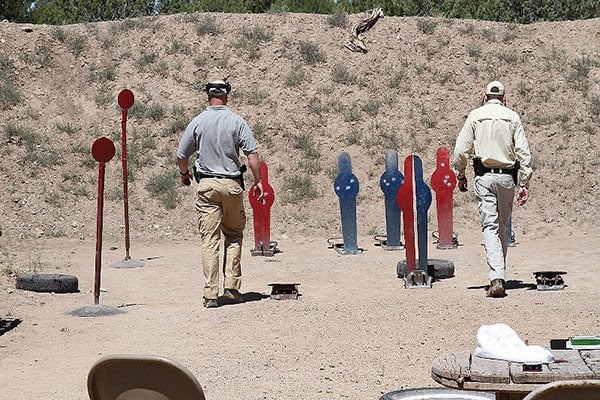
Multiple Rounds
The mantra that one round dead center is better than several peripheral rounds is one of the most important things to remember in a self-defense encounter. That said, you still need to practice firing off several rounds at once. Try drills where you pause and fire 2-3 rounds in succession and measure your accuracy. Of course putting the first round on target in a confrontation is what you want, but chances are under stress you’ll be prone to fire off more than one round.
Low Light
Low light is a scenario that for some doesn’t get practiced enough, partially because ranges are well lit. However, many confrontations take place at night in poorly lit areas. Most home defense scenarios take place in the dark as well, and if there is a prowler in your home, you certainly don’t want to flip on all the lights for them. Therefore it is important to practice in low light, at least as far as aiming and weapon handling goes. Dry firing practice is a perfect place to start this, and if you’re practicing home defense, make sure to start in your bedroom, with the lights off, as you clear each room. Laser sights or night sights are important upgrades for conceal and carry and home defense, and they will make low light aiming easier. You’ll want to spend plenty of time practicing with a laser sight, both in bright and dark environments, if you add it to your firearm as well.
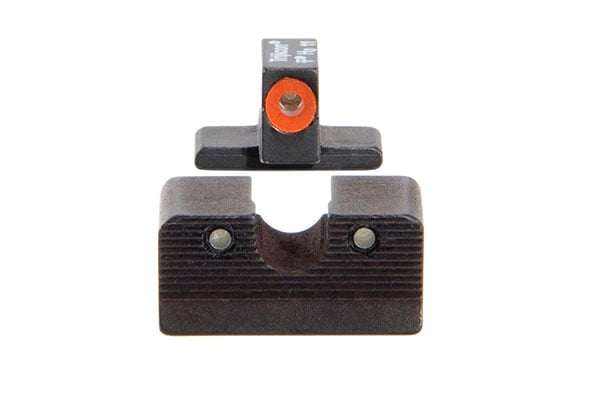
Awkward Positions
You’re not always going to be standing up straight in a proper shooting position in a self-defense encounter. Home defense situations call for awkward shooting positions as well, and you may not even have time to get out of bed before the encounter begins. In cases like this, you’ll want to practice firing from awkward positions as long as it is safe to do so. Again, this is where a laser sight can be a big advantage, especially if you’re in a position where you can’t properly use the iron sights. Practice this when you can, but only in positions that you’re sure it is safe to fire in.
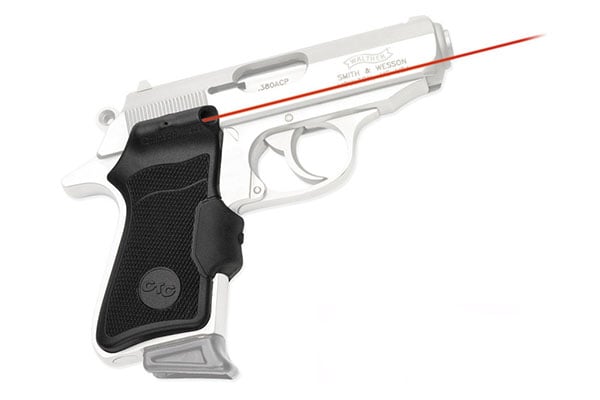
Zombie Apocalypse
Well, there’s not much we can say to help you here, as there is no way to anticipate what this scenario would be like. If this is where the majority of your training is focused, well have fun and be safe. Essentially this type of training is not much different than self-defense training as you’ll have to shoot from odd angles, potentially in low light, at moving targets. Whether the targets move slowly or not depends on which movie franchise you subscribe to…
Image two courtesy of Wikimedia Commons.


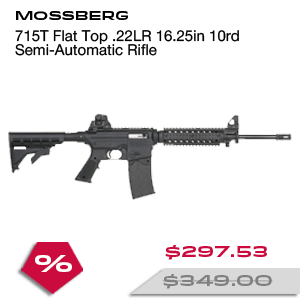
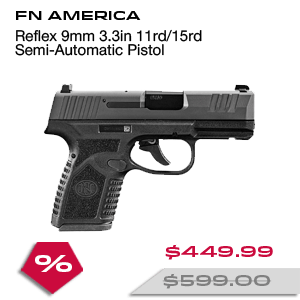
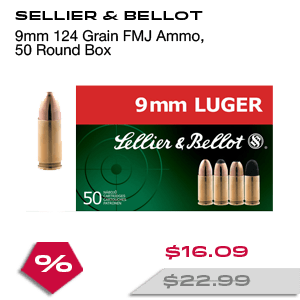

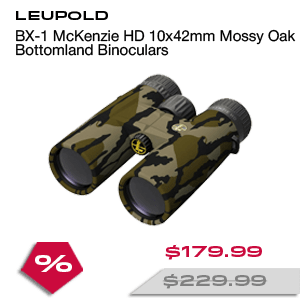





Comments (1)
Tony Martinssays:
July 27, 2016 at 1:51 pmNice piece David – well done. Upcoming “Shotgun Virtuoso” article will have a quote from Patrick Flanigan about practice & training that suggests training intelligently, so you DO NOT simply practice mistakes. Tony